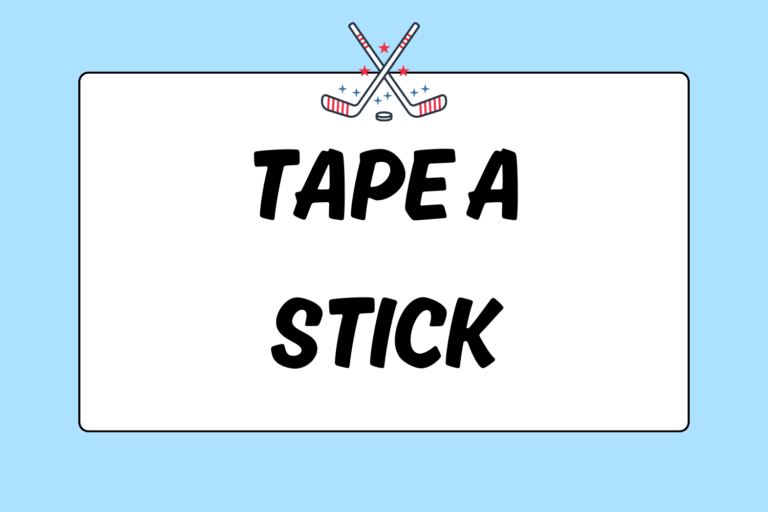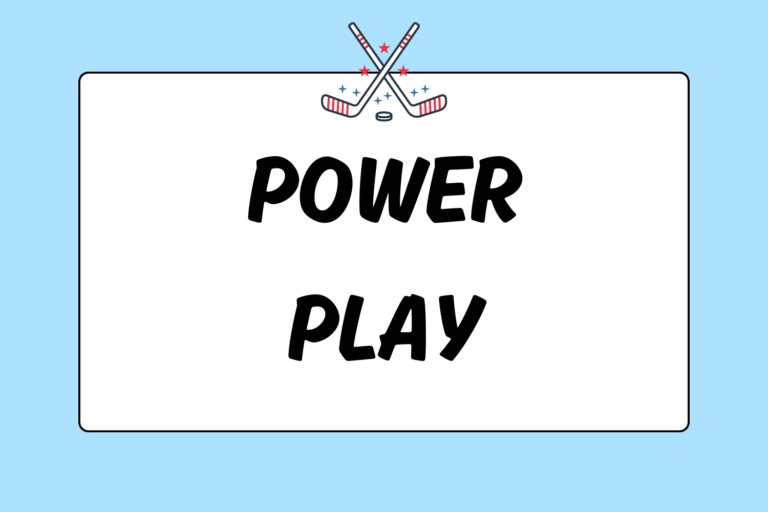If you scroll down the roster of any National Hockey League (NHL) team, you will likely notice the prevalence of players who shoot left-handed. This is odd considering that 70 to 90 percent of people are right-handed.
As it turns out, most American-born players grip the stick with their dominant hand lower. This means American-born righties use right-curved blades, and lefties use left-curved blades. The opposite is true for most Canadian and European players, who usually grip the stick with their dominant hand at the top.
The reasons for this geographic discrepancy aren’t exactly known, though there are a few theories floating around the hockey world as to whether a player’s dominant hand should be at the top or bottom of the stick. This guide discusses the theorized pros and cons of where to place your dominant hand.
Pick Up Sticks
The best way for a new player to determine their handedness is to just pick up a stick and see what’s most natural. If you are the parent of a young player, hand your child a stick and don’t tell him how to hold it, or which side of the blade to use. Pay attention to how he naturally grips the stick, and ask him which way feels most comfortable.
New players and youngsters shouldn’t get caught up on which blade curve to use. Instead, focus on picking one technique and sticking with it. Players (or parents of players) should choose a blade curve and not look back. The sooner a player picks a stick, the sooner he begins to develop skills.
Fun Fact:
The titles given to blade curves can be confusing! A blade labeled as “right” actually curves to the left. Blade curves get their titles based on the side of the player’s body that they’re positioned on when that player is shooting. A “right” blade might curve to the left, but the blade is positioned to the right of that shooter’s body.
Dominant Hand at the Top
In Canada and Europe, most players place their dominant hands at the top of their sticks. As a result, most players from these countries use blades that curve the opposite direction of their handedness: Right-handed players will shoot left, and vice versa.
Coaches from Canada and Europe rationalize this form as follows:
- When a player is on defense, the range of their stick check is increased if they only keep their top hand on their stick. Thus, if their dominant (stronger) hand is on top, their stick checks will be stronger.
- Stick handling is controlled primarily with the top hand on the stick. Think of the way a shovel works: The bottom hand works as the fulcrum of the lever, while the top hand controls the shoveling motion. Stick handling works essentially the same way: The top hand controls the stick as it swivels at the point of the lower hand.
Dominant Hand on the Bottom
In the United States, the vast majority of hockey players put their dominant hand lower on the stick. This means that right-handed players most commonly use right-curved blades. Holding a stick like this is thought to add more power to shots and passes, as the lower hand is responsible for the force of the swing.
No one knows exactly why American-born players naturally hold sticks differently than the rest of the world, but the most prevalent theory has more to do with baseball bats than hockey sticks. The idea is that most American children play baseball before they play hockey.
When gripping a baseball bat, the dominant hand is supposed to be placed higher on the bat. Think of the way the fingers are aligned in this grip: The dominant hand’s pinky is nearest to the non-dominant hand’s forefinger. U.S. players often play baseball before hockey, so the thought is that they grip their hockey sticks like they would a baseball bat… just more spread out, and upside down.
The major theoretical benefit to playing with your dominant hand lower on the stick is an increase in shot and passing power. Your lower hand controls the force of shots —especially slappers —and having your dominant hand lower on the stick will likely add some zing to your game. As you could probably guess, this likely comes with a sacrifice in stick handling.
Fun Fact:
Hockey sticks didn’t have curves until the late 1950s. Before then, all blades were flat and straight…regardless of whether you shot left- or right-handed.
Stick to It
When deciding which blade curve to use is — pun intended — simply stick to it. You should find the curve you’re most comfortable with, left or right, and go for it. The sooner you choose a stick, the sooner you start to develop fundamental skills!





